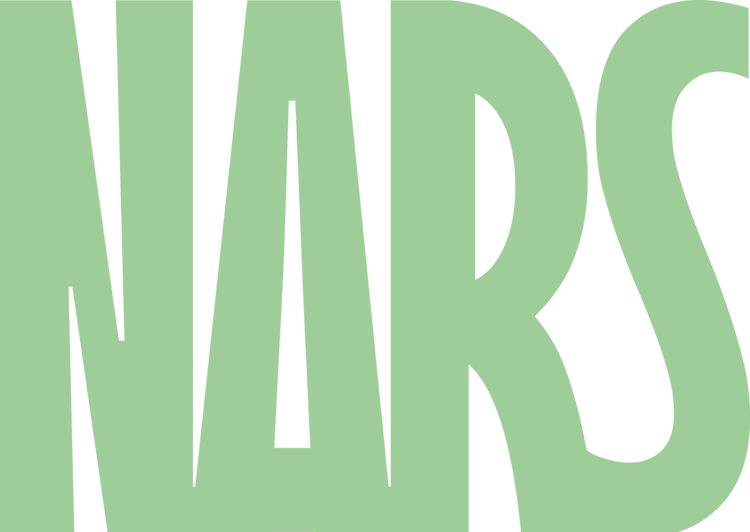RESIDENCY FELLOWSHIP
Starting in 2023, one US based applicant per season of the International Residency will be awarded a Full Fellowship, which covers all program fees for the season. A jury consisting of NARS staff and select art professionals review applications on the merit of artistic quality and level of need; studio practice; and the potential professional development and benefit from engaging with the NARS community. Only US based artists are eligible to receive the Full Fellowship. Click here to learn more about the International Residency Program, and how to apply.
Meet the Season IV 2023 International Residency Fellow
wei works at the intersection of Performance, Sound, Movement, Print Media, and Design. Their practice researches and expresses the mapping of Queerness and Foreignness. Their work investigates the betwixt & between under the homogenous timeline that is experienced by the marginalized, as well as examines the ephemeral togetherness to trace the imprints of existence by contextualizing one’s and one’s collective’s present. Their current project emphasizes reconfiguring object/subject relationships within the confines of systems that exclude queer and immigrant bodies and re-evaluates the definition and experience of authenticity within the generations of the Asian diaspora and Asian immigrants.
We sat down with wei to talk about their experience as a Fellow at the International Residency:
Can you tell us a little about yourself and your work?
Hi, I am wei (they/he), a New York-based artist who recently moved from Providence, RI. My work renders the otherness's experience through print media, video, sound, design, and movements. Mapping Queerness and Foreignness are the topics I often research and express. I investigate the betwixt & between under the homogenous timeline & ephemeral togetherness to trace the imprints by contextualizing one's and one's collectiveness present. My current project focuses on reconfiguring object/subject relationships within the confines of systems that exclude queer and immigrant bodies and re-evaluates the definition and experience of authenticity within the generations of the Asian diaspora and Asian immigrants.
How do you feel that your performance practice has developed over your time at NARS?
While working on the ongoing performance series, I started to develop a satellite project in relation to the group ensemble piece. It is exceptionally refreshing to re-work and re-render familiar materials. This body of new work focuses on the interiority of the materials and my relationship between frequencies, objects, and performance. It is also exciting that I started re-introducing 2-D segments back to my practice, in which I have been drawing movement-based scores that help me push the performance further.
Do you feel that working alongside other artists and meeting with studio visitors at NARS has impacted your work in anyway?
Definitely! I felt a strong sense of cohort at NARS. It is a group of artists who come from all different kinds of backgrounds and practices. If not only their presence is already a source of inspiration. The studio visitors are one of the many highlights of my time here. I got a wide range of voices and views on my work from curators, scholars, gallerists, artists, and writers. These visits kept me busy and granted me a good spirit to keep making, and the various visiting formats also prepared me to talk about my work differently.
What was an experience at NARS that stood out to you?
The networking aspect of all the visitors stands out for me. As one might know, the art scene in New York can get overwhelming quickly. These organized visits help me set the tone, guide how I present my work, and remind me that I am part of this big, vibrant community.
Photo Credit: Tim Norris
Photo Credit: Tim Norris
How do you feel that the residency program and particularly the fellowship influenced your practice?
The residency program has pushed me to create more and, most importantly, how to create work while adopting different spaces and settings. Having a studio in New York City via a fellowship just changed the dynamic of creating work. Knowing these opportunities are hard to get makes you want to cherish your studio times and every conversation with people passing through.
What is a routine day for you during the residency?
I am more productive during the daytime, so I have to get into the studio before 11 to ensure enough studio hours for all the projects I am working on. My typical day starts with coffee from Cafe Yafa of 45th St. Station and grabbing some baked goods from Huahui Bakery across the street before coming to the studio. Depending on the day, I will set up my studio if there is a studio visit, or I will start with emails and later move on to more tactile tasks. If I have trouble focusing, I usually begin a short finger loop braid to help me clear the headspace. This is something I picked up a couple of years back, and the more or less maniacal process really soothes me. If it's a slow day, I will walk to Sunset Park or the waterfront.
Photo courtesy of the artist
Do you have any advice for future residency fellows?
I would advise future residency fellows to research before entering the program. Particularly on who you want to talk to and which partof the community you want to be part of. There is a lot of solidarity within the art community, especially in greater New York. So don'thesitate to contact people you admire and invite them to your studio for a genuine conversation.
The Residency Fellowship programs are made possible by





